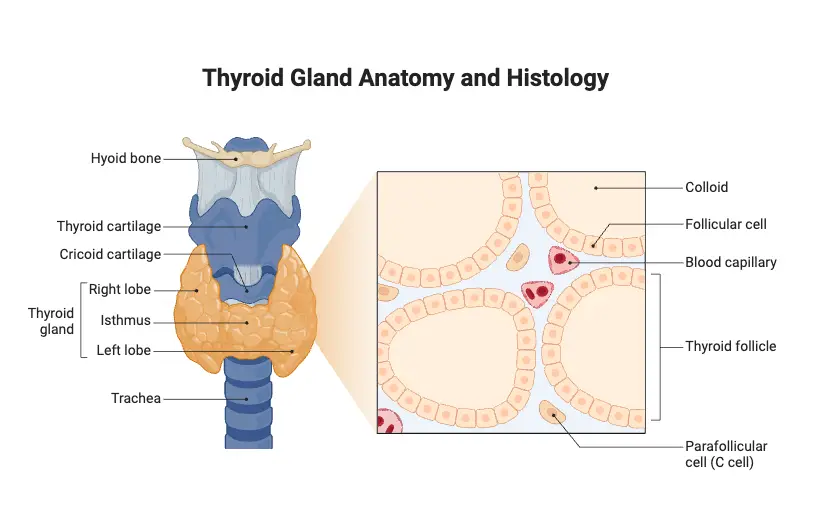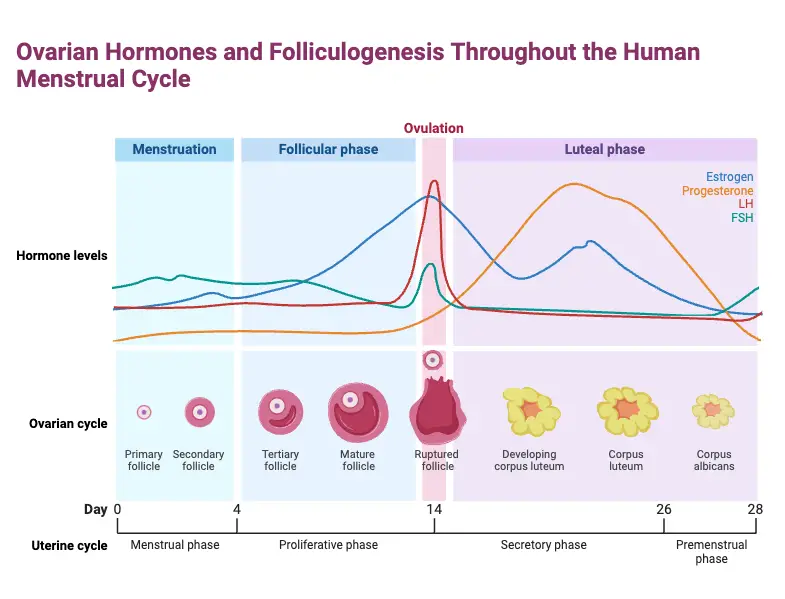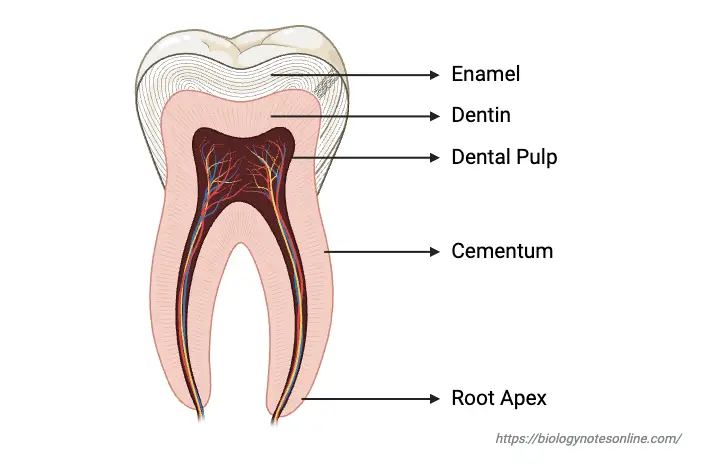Peripheral Nervous System – Structure, Functions, Types
What is Peripheral Nervous System? The peripheral nervous system acts as a bridge between the brain, spinal cord, and the rest of the body. Think of it as a network of pathways that carry messages back and forth. While the brain and spinal cord form the central command center, the peripheral system handles communication with … Read more









